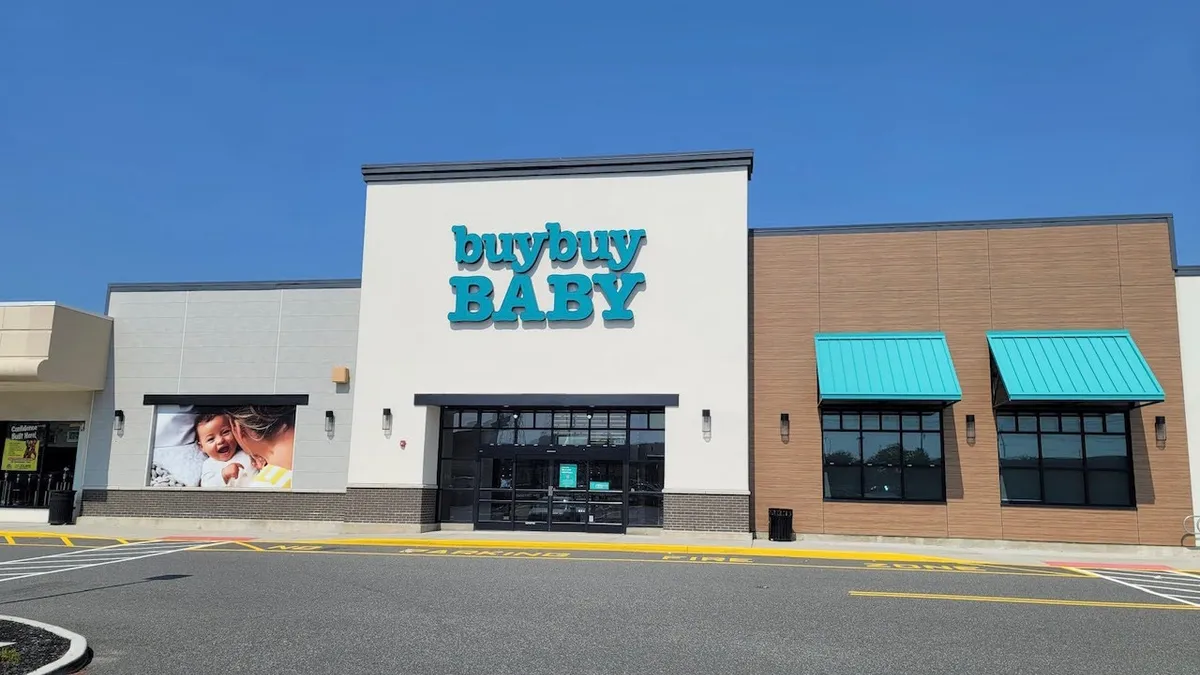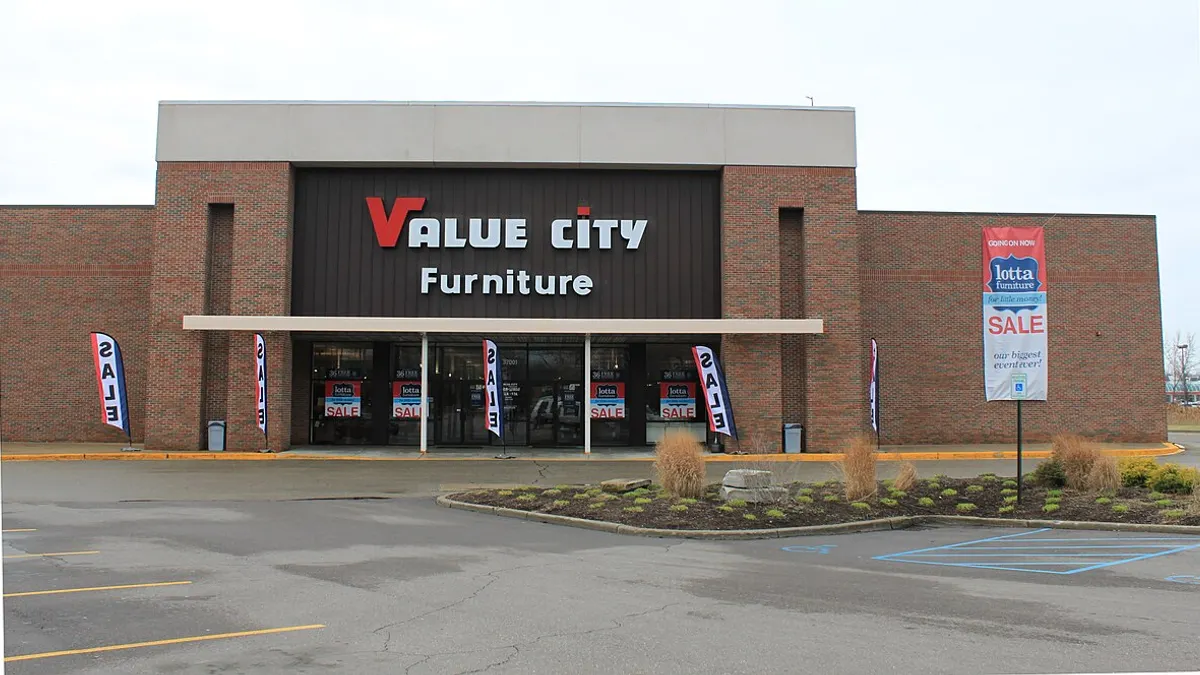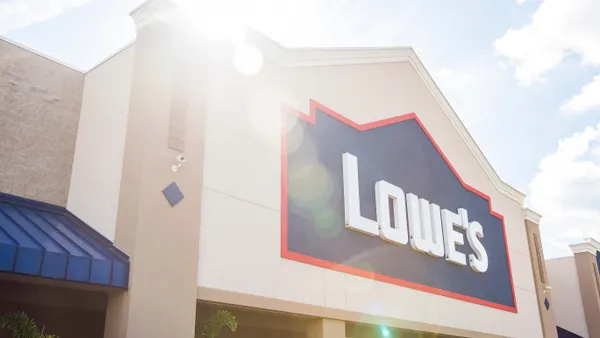In a market dominated by Zara-owner Inditex and H&M, the rise of homegrown fast-fashion retailer Forever 21 is a classic American story of immigrant striving and ingenuity.
In bankruptcy court documents filed on Monday, the company painted that picture vividly, detailing how in 1981 Korean immigrants Jin Sook and Do Won Chang landed in Los Angeles, both just 22 years old. "With no savings, no formal secondary education, and minimal familial and social contacts residing stateside, the Changs faced overwhelming odds," writes the company's Chief Restructuring Officer, Jonathan Goulding.
The inspiring tale now serves not just as a history but also a look into the future — and an appeal to partners to help the process along — as the apparel company attempts to regain its footing under Chapter 11 protection. "In an ever-shifting retail landscape that has seen dozens of casualties over the last several years, the traits that initially led to the success of Forever 21 — collaboration, grit, and creativity — are the same traits that will propel Forever 21 through these chapter 11 cases successfully, but only so long as all parties in interest work collaboratively to ensure that these cases stay on track," the filing states.
But the company's detailed plans for its rebound, centered on speeding up its supply chain, abandoning unprofitable locations and ramping up e-commerce, is also a blueprint to stay true to its roots — providing exciting fashion at bargain-basement prices. And that may simply not be enough, analysts say.
"They did not grow with their target customer and the Millennials have graduated to Zara & H&M," Shawn Grain Carter, professor of fashion business management at the Fashion Institute of Technology, told Retail Dive in an email. "Gen. Z is more interested in rental fashion and vintage hand-me-downs because they are more environmentally conscious."
The mall problem
The company is forthright about many of the issues that led to its current predicament, including its over-reliance on brick and mortar, especially in malls. In its filing, the retailer deemed declining mall traffic its "most significant" macro headwind.
Worse, most of its many mall-based stores "are in third tier volume malls who have poor retail foot traffic with Sears, JC Penney and Kmart as mall anchors," according to Carter.
The company admits as much, and plans to shutter 178 U.S. stores (along with drastically pulling back on what has become a disastrous international expansion). "Despite Forever 21's continued efforts to adjust its sales strategy to one capitalizing on its online store, it remains saddled with excessive floor space from leases entered almost a decade ago or more in unprofitable markets," Goulding wrote.
In June, the company was reportedly talking with bigger landlords — just four of which hold almost half its leases — for a potential sale along the lines of the purchase of teen retailer Aeropostale three years ago, according to a report from the Los Angeles Times. As with the Aeropostale deal, that included Simon Property Group, but discussions went nowhere in part because of resistance from Do Won Chang, the Times reported.
While lease negotiations are "productive" and ongoing, with more success in talks with smaller landlords, there's no resolution yet, according to the company's filing.
The store problem
The mall environment has no doubt deteriorated, to the point where the model, which depends on plenty of foot traffic, isn't working well anymore. And Forever 21 expanded too far and too fast as that shift was underway.
"Retailers pursue growth for as long as they can get financing from banks (therefore growth on debt mainly). New markets hold a lot of promise for better revenues but aggressive growth is bad both for public and privately held companies," Thomai Serdari, a marketing and branding professor at New York University's Stern School of Business, told Retail Dive in an email. "Establishing too many new locations at the same time, distorts reporting on inventory (how much of it actually ends up sitting on the shelves) because management focuses on taking the new store off the ground."
That makes it imperative that Forever 21 correct its fleet configuration, according to GlobalData Retail Managing Director Neil Saunders. But that won't address the state of Forever 21's stores, he warned in emailed comments.
"Store standards have also been sliding and consumer ratings for the quality of displays, merchandise, and the amount of inspiration in shops have dipped considerably over the past year," Saunders said. "In an era when it has become very easy to buy online, Forever 21 has not taken care of its physical assets and the profitability of its estate has suffered."
The company also admits it neglected e-commerce, despite launching online 14 years ago. FIT's Carter says that the fact just 16% of the retailer's $3.3 billion in revenue derives from online sales (one of the nuggets only available from the privately held company thanks to its court filings), leaves "a void in their business model" that makes it vulnerable to online competitors "like Asos, Target, and Fashion Nova."
"Forever 21 has been running on an antiquated retail model that is not sustainable in the age of online shopping and peaked real estate rent prices," NYU's Serdari added.
Still, the company seems to believe that brick and mortar will remain the bulwark of its operations, and for good reason. "Ultimately Fitch expects continued declines in mall-based square footage over the coming years, but believes the mall will remain an important shopping destination given the expectation that the majority of retail sales will continue to be made at a physical retail location," Fitch senior director David Silverman said in emailed comments.
The real problem
Forever 21 has remained a private company controlled by the Chang family — which in recent years has also included Chang daughters Linda and Esther, who threw in term loans of $5 million each from their trust funds to help keep the company afloat.
That's added to similar borrowing from their father, who has provided the company with a $10 million loan. The nature of the company's financing has allowed it to avoid turning to private equity firms the way the likes of J. Crew, Neiman Marcus and others have, according to Eric Snyder, partner at New York City-based law firm Wilk Auslander and chairman of the firm's bankruptcy department.
"If they were owned, like some of these are, by hedge funds, then they're willing to take a lot of debt because it's other people's money," Snyder told Retail Dive in an interview. "When it's closely held they're not as willing to take on debt because that's coming out of your own pocket."
That makes Forever 21's predicament different from some other retail bankruptcies and could leave the retailer more freedom to turn itself around. But there's little evidence in its court documents so far that the apparel brand understands where to go.
"Forever 21 appears to be a victim of its own rapid expansion and changing tastes in fashion and consumer spending which have pressured top-line results," Fitch's Silverman said. "Like many other mall-based apparel retailers, Forever 21 expects to re-emerge as a smaller, more focused chain. However, apparel brands in decline face significant headwinds in returning to customer popularity and ongoing profitability. This can be seen in recent unsuccessful re-emergence efforts by Gymboree, Payless, and Charming Charlie."
That will be all the more difficult because Forever 21 has failed to keep up with its customer, analysts say.
"Forever 21 was once a colossus on the fashion stage; it was a destination for young American shoppers looking for relatively cheap, on-trend clothing," Saunders said. "However, over the past five years, the number of customers has waned as the brand has fallen increasingly out of favor. Part of this is down to the rise of credible competitors like H&M but some is also the result of a lack of clarity and differentiation at Forever 21. Over the past few years, the brand has lost much of the excitement and oomph which is critical to driving footfall and sales and is now something of an also-ran which is too easily overlooked."
It's not just about styles. Even H&M, arguably the world's largest fast-fashion retailer, has taken note of the environmental concerns described by FIT's Carter in launching sustainable production and resale operations. Forever 21, meanwhile, earned a "fail" score from the nonprofit Green America. "Carter's (OshKosh B'gosh, Skip Hop), J.Crew and Forever 21 indicate little to no corporate policy whatsoever on chemical management, factory transparency, factory safety, water management, alternative resources or waste/recycling," the group said in a recent report looking at the environmental and social impact of 14 mall-based U.S. apparel companies.
That's a big miss, according to Dave Cesaro, executive director of vertical marketing at Valassis.
"Social issues such as sustainability are now top of mind for these consumers," he told Retail Dive in an email. "Being unique — and balancing this attribute with saving money — is a defining trait of this shopper."
It's a miss that appears to be uncorrected in Forever 21's turnaround plans, at least according to the company's initial set of court filings. Beyond even those concerns, though, lurks another new reality in apparel retail: that consumers, especially younger ones, remain steadfastly untethered to any one brand or aesthetic, and are less likely to follow any sort of dress code, whether defined by brands or employers.
"The most important trend for me has been to watch the teenage community on TikTok," NYU's Serdari said. "It has greatly impressed me that today's teenagers as a whole (as dangerous as it is to generalize) are more concerned with developing a heightened sense of humor and a personal point of view as opposed to a heightened sense of fashion. No wonder why running to Forever 21 every single day for another $9.99 t-shirt is not their priority."






















